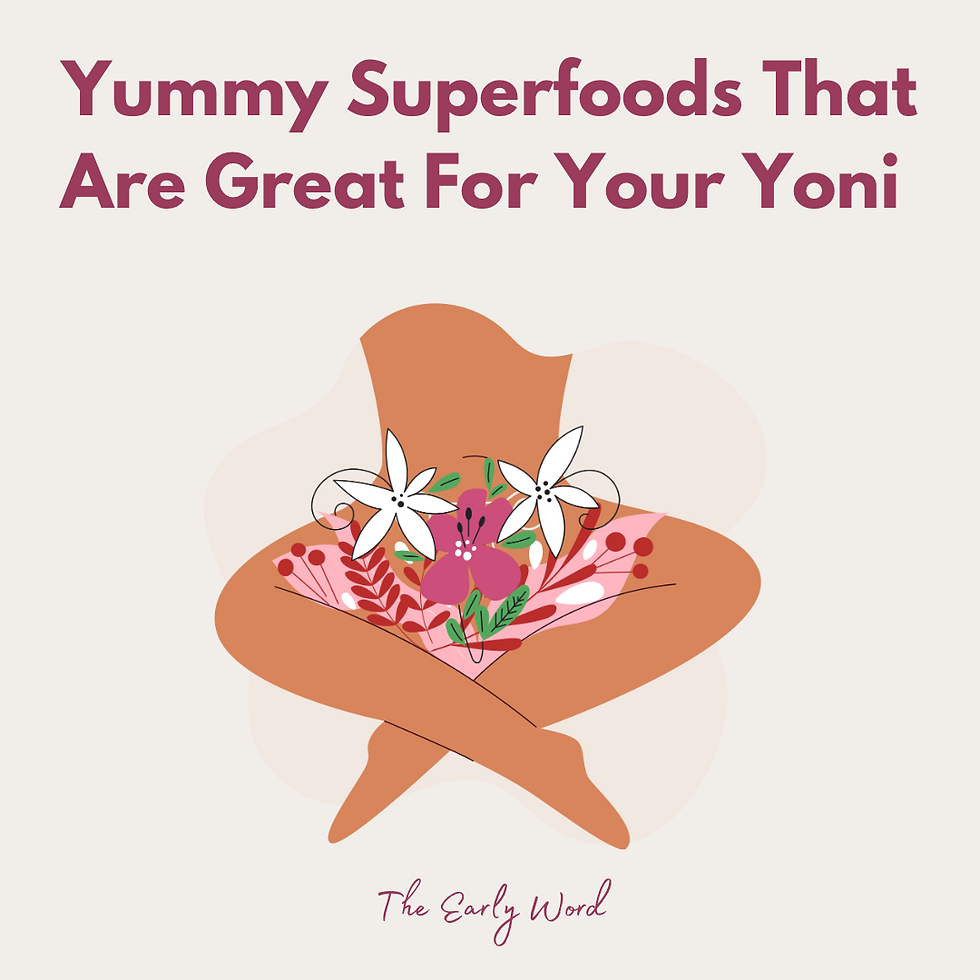Seeing Red: Self-Harm & Depression
- Poelo Keta

- Nov 2, 2021
- 3 min read
Updated: Feb 13, 2022

Self-Injury is also termed self-mutilation, self-harm, or self-abuse. The behaviour is defined as the deliberate, repetitive, impulsive, often non-lethal harming of oneself. Self-injury includes: 1) cutting, 2) scratching, 3) picking scabs or interfering with wound healing,) burning, as well as other various forms of bodily harm. These behaviours, which pose serious risks, may be symptoms of a mental health problem that can be treated.
I have to start by saying that this isn’t something particularly easy to talk or write about, but when I thought about how I would start blogging again, I wanted it to be meaningful, REAL. As I dragged my finger across the dust lining my brown leather diary, I reflected on the list of strategies I had written down to help me with my anxiety and depression, and most importantly, my self-harm urges.
At 11, I started cutting after my father remarried and I had to move in with him and my stepmother. Although not all cutting results from traumatic events or negative and dramatic life changes, it was for me. It was like a boulder that was teetering on the edge of my sanity was suddenly pushed, and it was coming at me full speed. It was such a powerful outlet; just the pain alone was addictive. Instead of speaking to anyone about what I was going through, I carried this secret alone for years until I was hospitalized and had to face my difficulties head-on.

Medication
My experience with anti-depressants (I’ve been on three different kinds) has been overwhelming, but being on medication is one of the things that have helped me the most with my depression, anxiety, mild OCD, and self-harm tendencies. With anti-depressants though, it often gets worse before it can become better. Not everyone may experience the same side effects, but the most common side effect that comes with either starting a new anti-depressant or suddenly stopping one is worsening depression or anxiety. For me, that came in the form of increased self-harm urges. But after many consultations, I settled on the appropriate anti-depressants, and even more, talking to someone really helped me in my journey to peaceful coexistence with my mental illnesses.
"Talking to someone really helped me in my journey to peaceful coexistence with my mental illnesses."
Counselling and Writing
When I got to university, there was no greater relief than finding free therapy. The counselling centre became my haven, and when I couldn’t talk anymore, I started journaling. Sometimes it’s okay not to want to talk to someone, but it’s the bottling up that leads to an increased risk of severe panic attacks and self-harm urges, so I bought a fancy diary and started writing. Although it’s the least favourite of my coping strategies, it can be the most rewarding as you don’t realize how much time passes when you put pen to paper, a downfall of the society we live in. Technology has made us lazy; people are unaware that going back to good ol’ pen and paper works just fine.
Distraction

Sometimes, the urges will get extremely bad, especially when you’re under a lot of stress and need to find the one thing in your life you can control. So, when your hands start shaking, grab a pen, a Cokie, a marker, anything that can leave a mark and scribble on any part of your body that you feel like hurting. I did this once, arms black with my madness. The feeling, the revelation, it was like coming up for fresh air. I had tricked my brain into thinking I had unleashed all the anger unto myself, and although I couldn’t see red, the feeling went away.
So many things have helped me heal and continue fighting, and although these may not work for everyone, I encourage you to try. Talk to someone, write, do something out of the ordinary.
If you need any help finding crisis resources, please visit the South African Depression & Anxiety Group (SADAG)’s website.
_PNG.png)








Comments